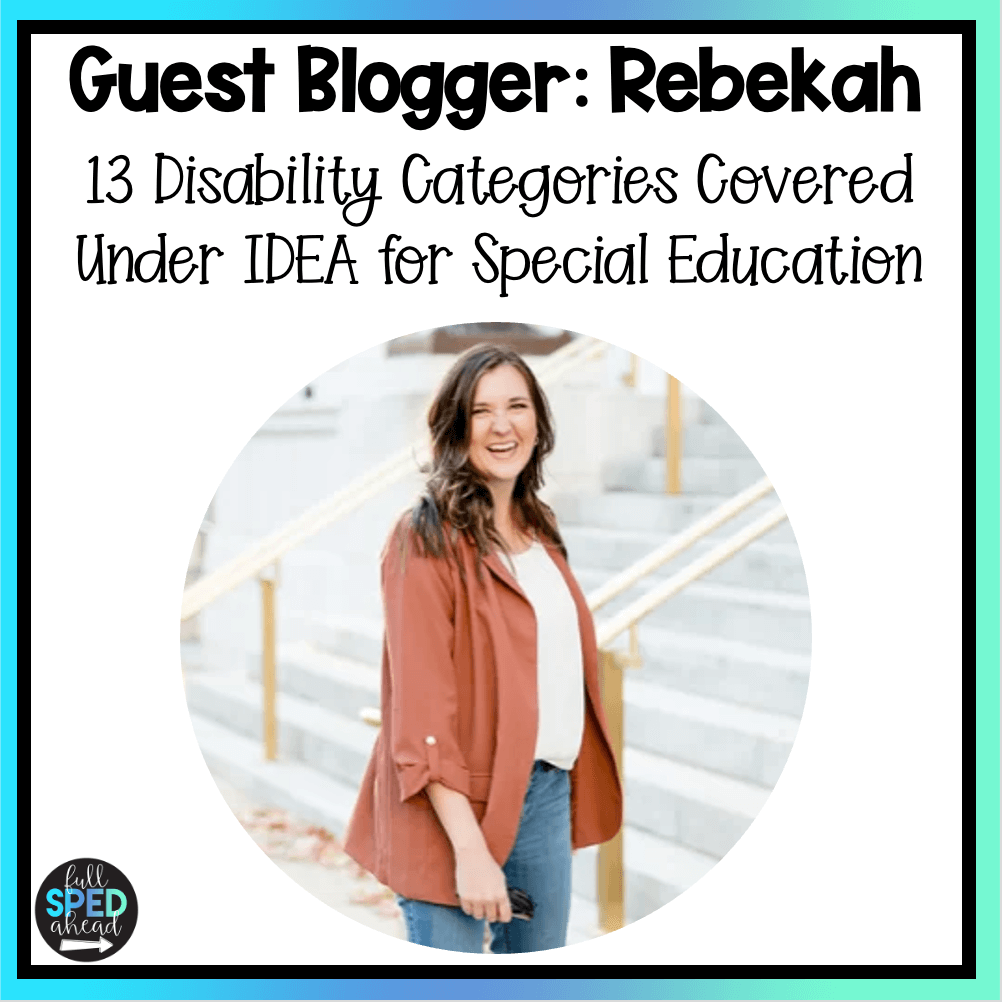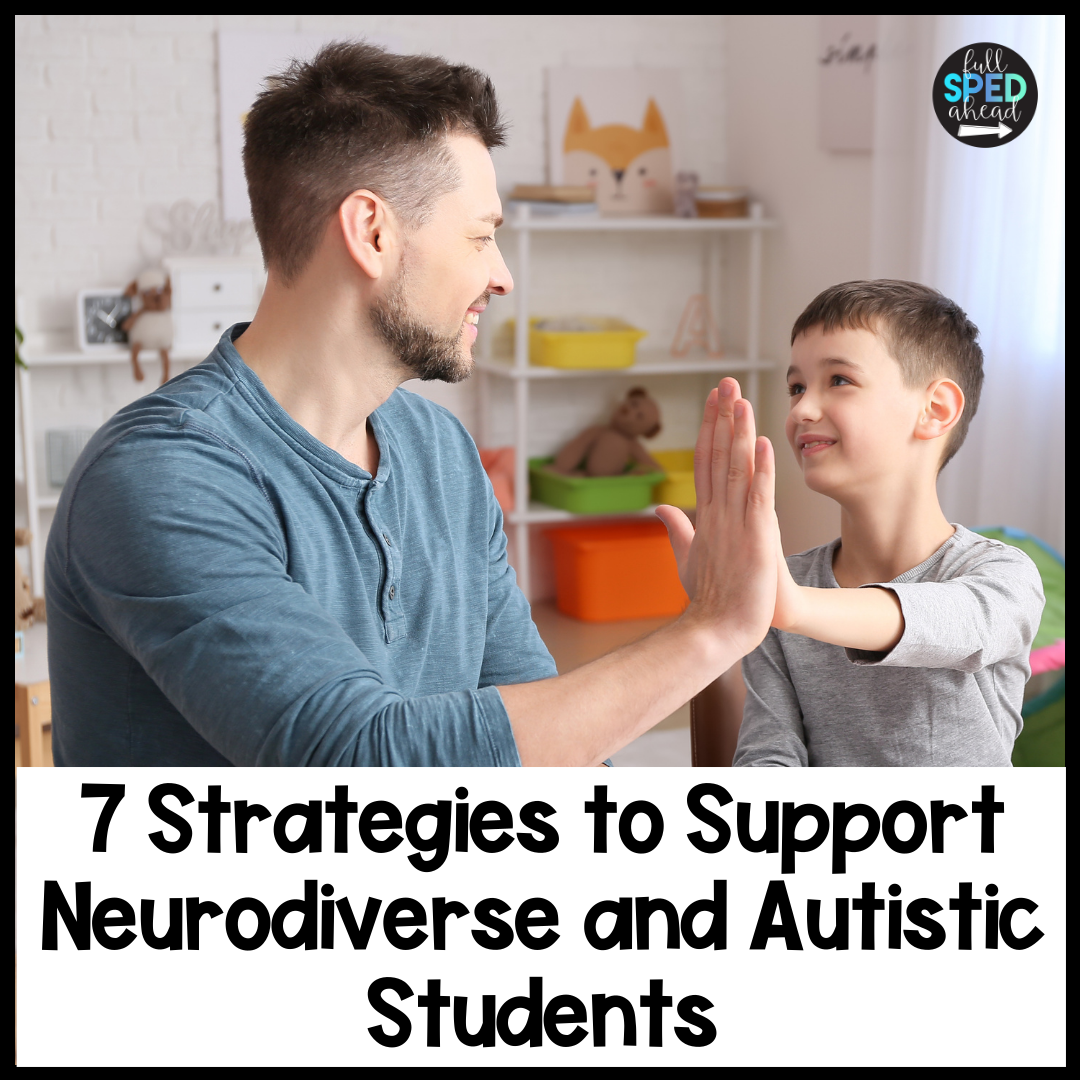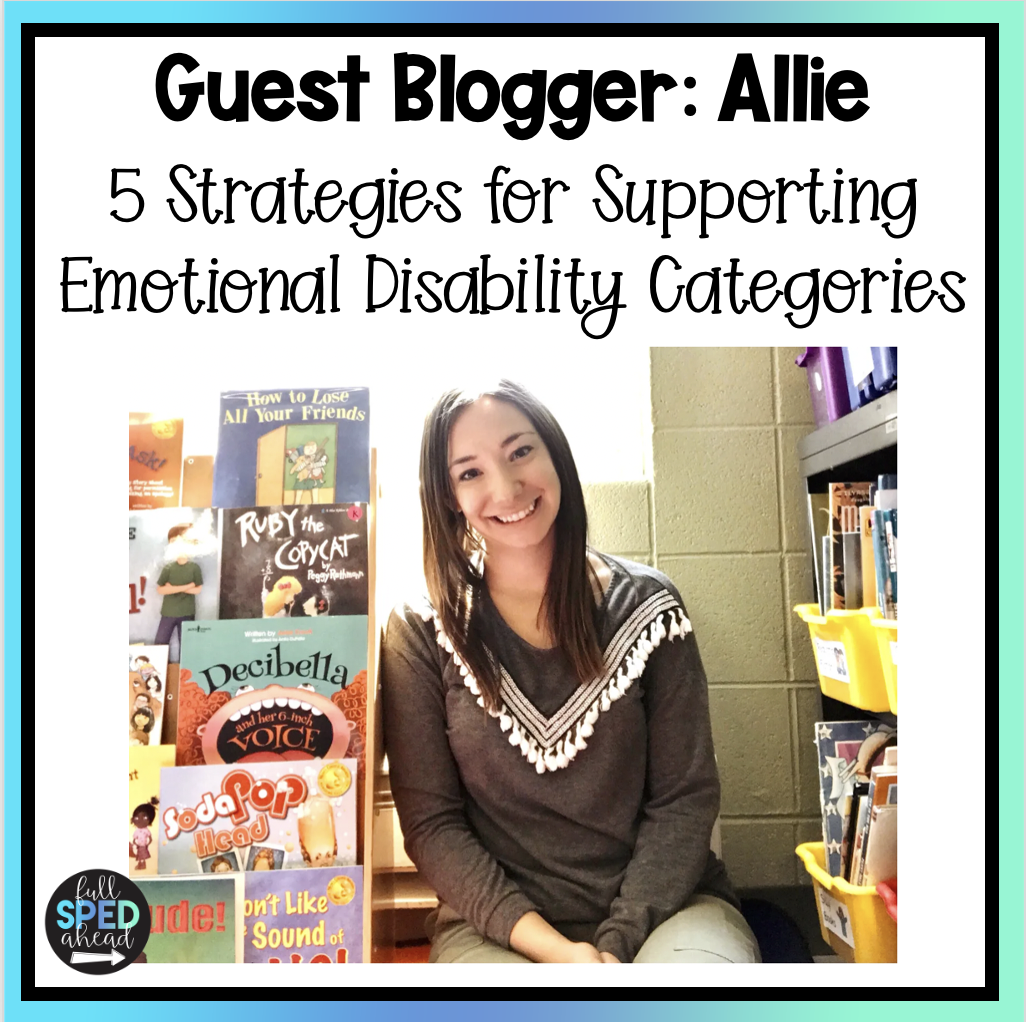
Top 5 Sensory for Autism to Support Learning and Development
Based on best-selling products and curated items from the Full Sped Ahead Amazon Sensory List, here are five top sensory for autism that are both

Based on best-selling products and curated items from the Full Sped Ahead Amazon Sensory List, here are five top sensory for autism that are both

In this blog post, I’m excited to share my top 10 favorite sensory tools for autism that have proven to be invaluable in my classroom. These tools not only support sensory regulation but also promote positive behavior, enhance learning experiences, and foster a sense of calm and comfort for all students. Let’s dive in and explore these must-have resources that can transform your teaching practice and create a more inclusive learning environment. Disclaimer: These links include affiliate links in which I make pennies for your purchase.

There are 13 disability categories covered under IDEA for Special Education. When it comes to determining eligibility and qualifying for special education, there are a few things you need to know:

I am not neurodiverse. I am not autistic. This information is being shared from the viewpoint of someone who works in the field and support students with autism spectrum disorder. It is important to listen to autistic students & individuals and respect their requests and the viewpoints of each family you work with.

I am excited to introduce this week’s guest blog from Allie from Miss Behavior to explain all about the diagnosis of emotional disability. Allie is a mom, author, and special educator with a passion for social emotional learning, equitable behavior practices, and trauma informed practices. She is here today to explain more about emotional disability in our students and how we can best support them.

A collaborative IEP meeting approach is needed when working to develop an IEP. Collaboration helps us solve problems, learn from each other, and improve our work. There are things that can help with collaboration at an IEP meeting. Here are a few tips: be an active listener, participate in the discussion, stick to the agenda, and celebrate everyone’s accomplishments.
What are you looking for?
COPYRIGHT © 2025 Full SPED Ahead